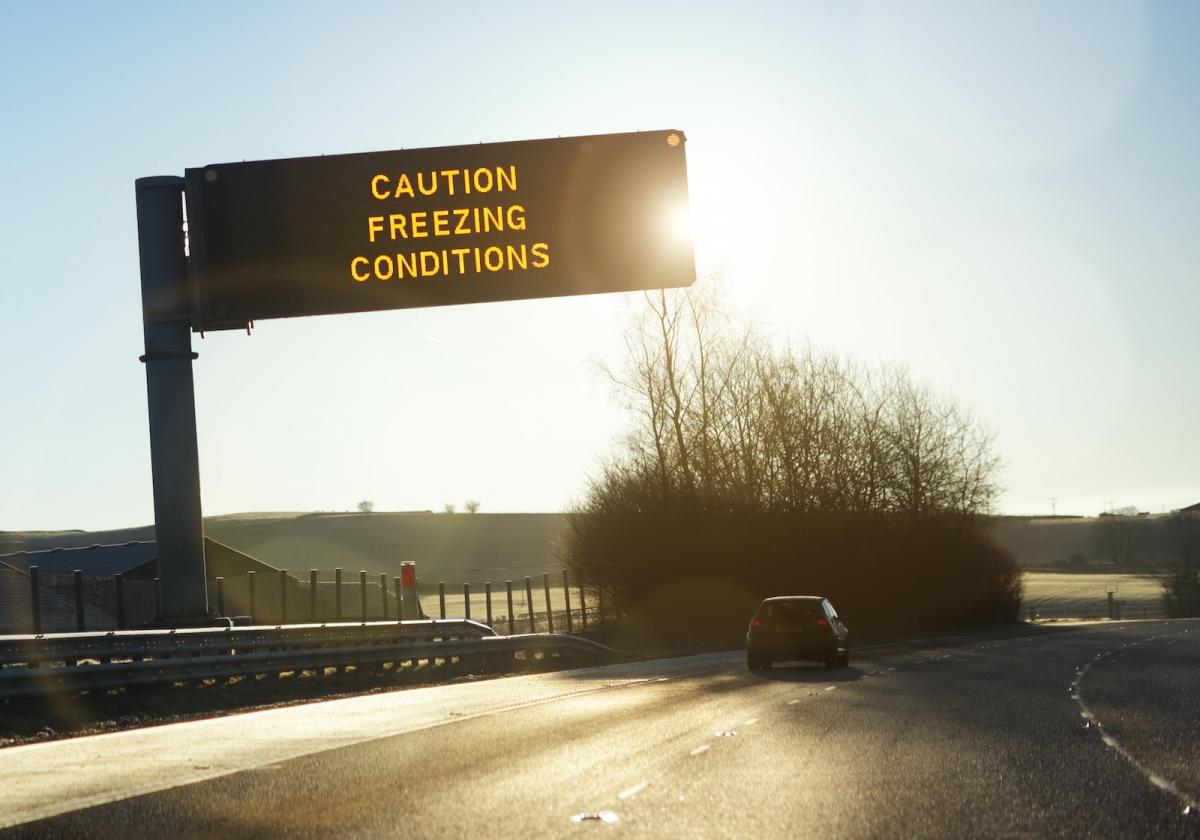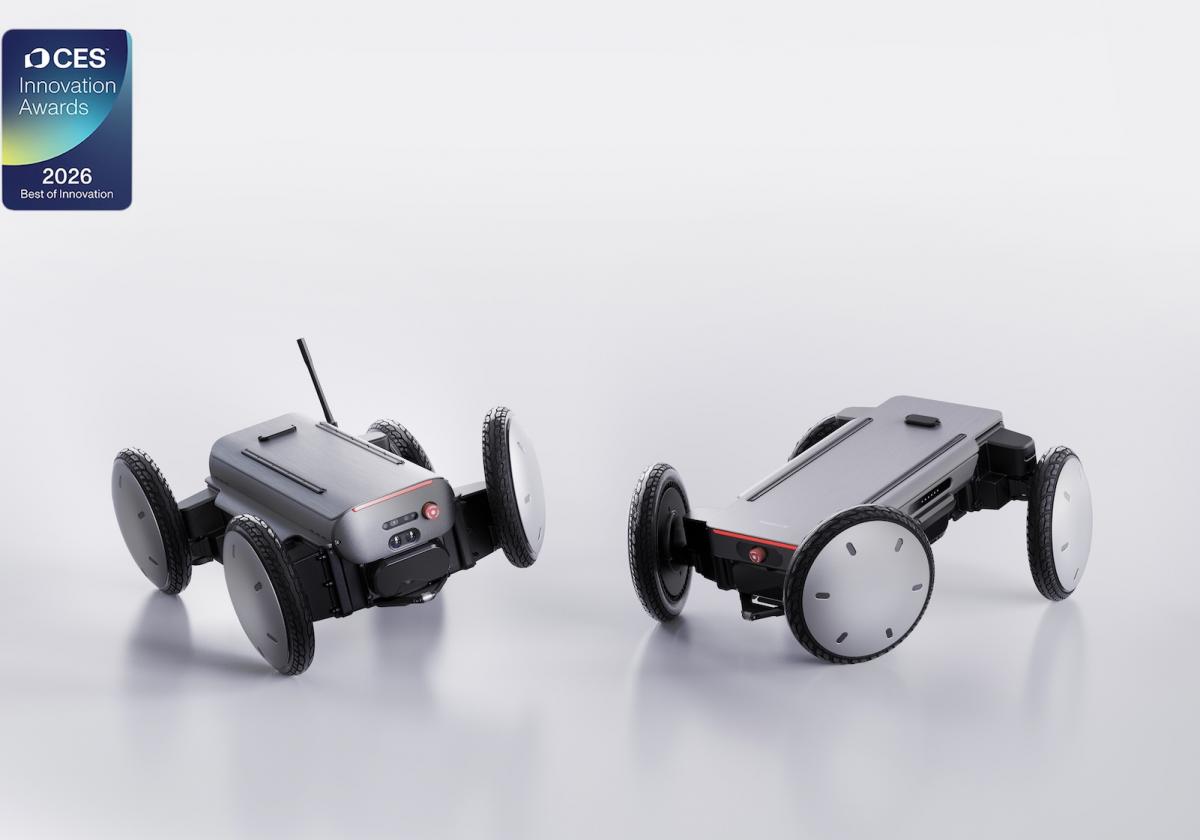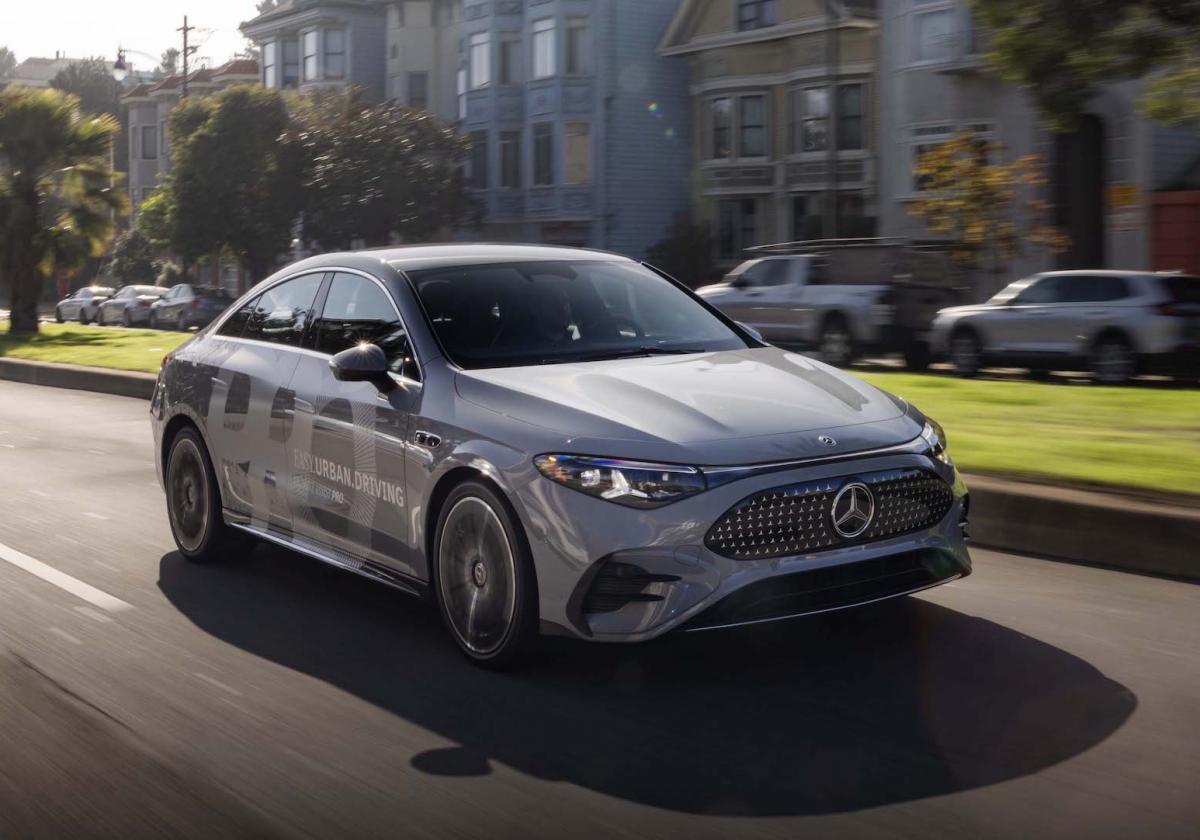- Argo AI’s collapse this week causes concern about self-driving future.
- GM, Ford and Tesla already offer hands-free technology for some highway sections in the U.S.
- Big names like Google-backed Waymo, GM’s Cruise and Amazon’s Zoox are still aggressively pursuing autonomous driving tech
Even with huge backers like Ford and Volkswagen, leading autonomous driving startup Argo AI collapsed this week leading many to think that maybe self-driving cars might never materialize.
But there’s just too much investment money and development on the line for self-driving to not eventuate. Make no mistake, every carmaker is in the process of developing self-driving tech, so they will happen. Let’s face it, the promise of self-driving cars has not changed. They will ultimately make the roads safer, significantly reducing the 42,000 plus road fatalities from motor vehicle crashes each year in the U.S.
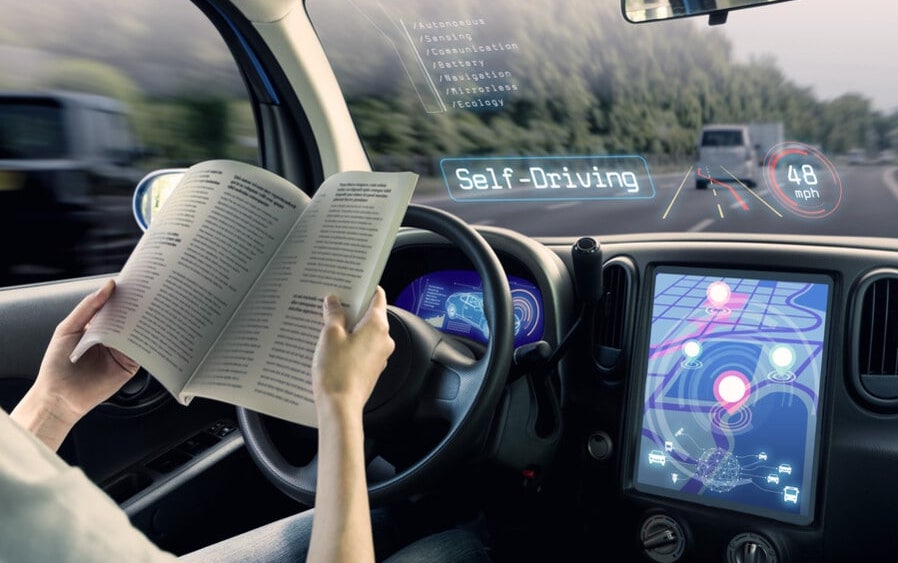
And they will definitely make transportation more accessible for people who don’t or can’t drive. This we know. But there are numerous hiccups along the way—like the 273 reported crashes by Tesla’s Autopilot software over the past year.
So how do carmakers see the path to autonomy? Instead of going for Level 5—cars that fully drive themselves in all conditions—many automakers are adopting a makeshift strategy to equip cars with partial self-driving to handle the worst aspects of driving.
In fact a few carmakers including GM, Ford and Tesla, already offer hands-free technology for some highway sections in the U.S. Meanwhile, in Japan, Subaru offers its latest EyeSight tech that can cruise in heavy traffic up to 30 mph using a hands-free mode. Similar advanced systems are coming soon from Mercedes-Benz, Volvo and others that will take over during traffic jams and don’t require human supervision.
Ford CEO Jim Farley explained the shift in his company’s strategy this week after announcing the Argo pullout. When Ford first invested in Argo back in 2017, it expected to bring robot axis to market by 2021.
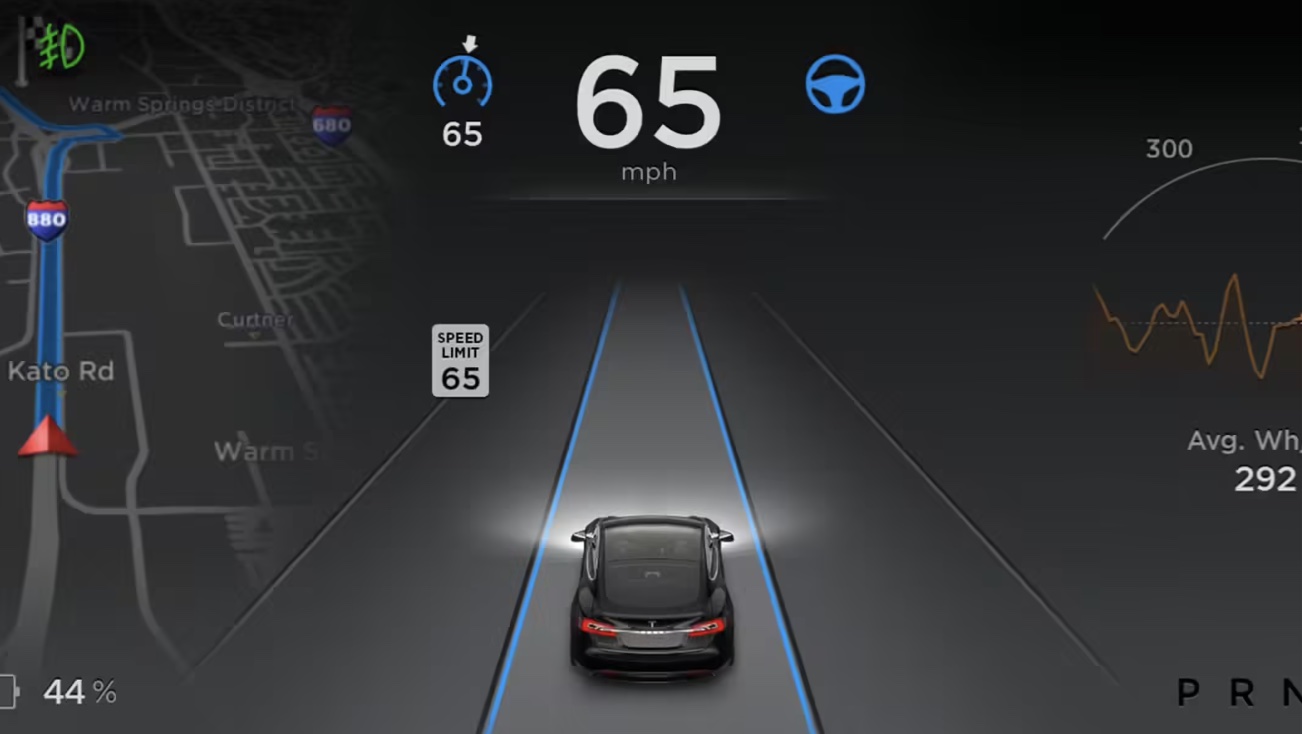
“But things have changed, and there’s a huge opportunity right now for Ford to give time — the most valuable commodity in modern life — back to millions of customers while they’re in their vehicles,” Farley said. Giving time back of course means offering self-driving systems in their next-generation cars.
Gartner mobility analyst Mike Ramsey called the Argo pullout “a turning point” for AV investors, who have spent $75 billion on the technology since 2010. “The obstacles to having a fully autonomous system that is better than humans are significant, and the business case for selling partial autonomy as a comfort feature is pretty good,” says Ramsey.
“Clearly the financial markets don’t see self-driving tech as a viable business at the moment,” said Guidehouse Insights analyst Sam Abuelsamid, citing the plummeting stock prices of publicly traded AV companies such as Aurora and TuSimple.
Another sign was Intel’s self-driving unit Mobileye, which was valued at just $17 billion when it went public this week, well below the expected $50 billion mark. Several big names with deep pockets are still aggressively pursuing fully self-driving technology. These include such names as Google-backed Waymo, GM’s Cruise, Hyundai’s Motional and Amazon’s Zoox.
“What we’re seeing now is much like what happened to the automobile industry,” says Chris Urmson, CEO and co-founder of Aurora, which is working on self-driving trucks.
“At the beginning of the 20th century, there were over 250 manufacturers. By the 1930s, there were only three. This doesn’t mean the industry was a failure — it means it was an incredibly lucrative opportunity that attracted a lot of competition but was also extremely challenging.
OUR THOUGHTS
Like electric vehicles, self-driving tech is definitely coming. Most carmakers already have advanced autonomous systems that allow vehicles to drive themselves, in certain conditions. The big problems however are self-driving compatible infrastructure, driving in extreme weather conditions and current liability laws. Until these hurdles are cleared, we won’t see autonomous driving vehicles in large numbers. We’d say not until the early 2030’s at the earliest.



